CEFRG – Canadian Expeditionary Force Research Group 1914-1919
-
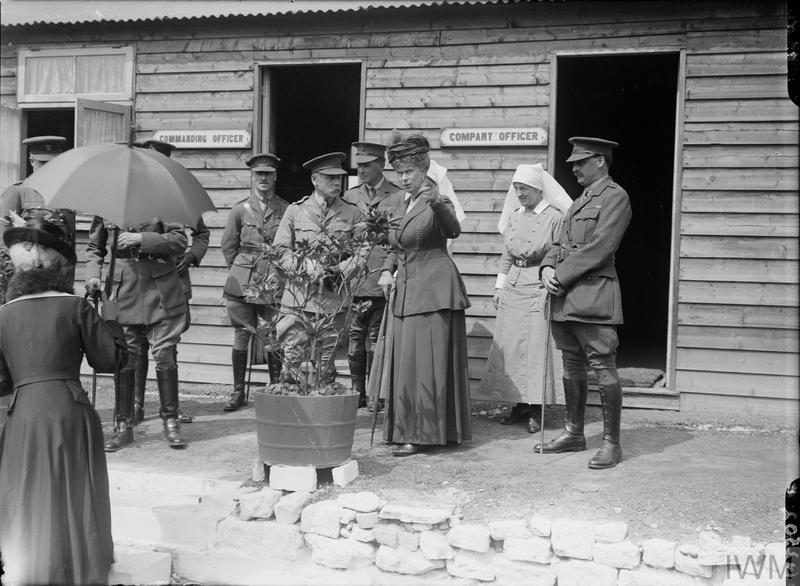
No.3 Canadian General Hospital (McGill) in the Great War
No.3 Canadian General Hospital (McGill) in the Great War describes the origins of the unit beginning in August 1914 with Herbert Stanley Birkett, Dean of the Faculty of Medicine of McGill University. The Call to Arms (4 August 1914 – 5 May 1915) Origins of No.3 Canadian General Hospital When war declared in August, 1914,…
-
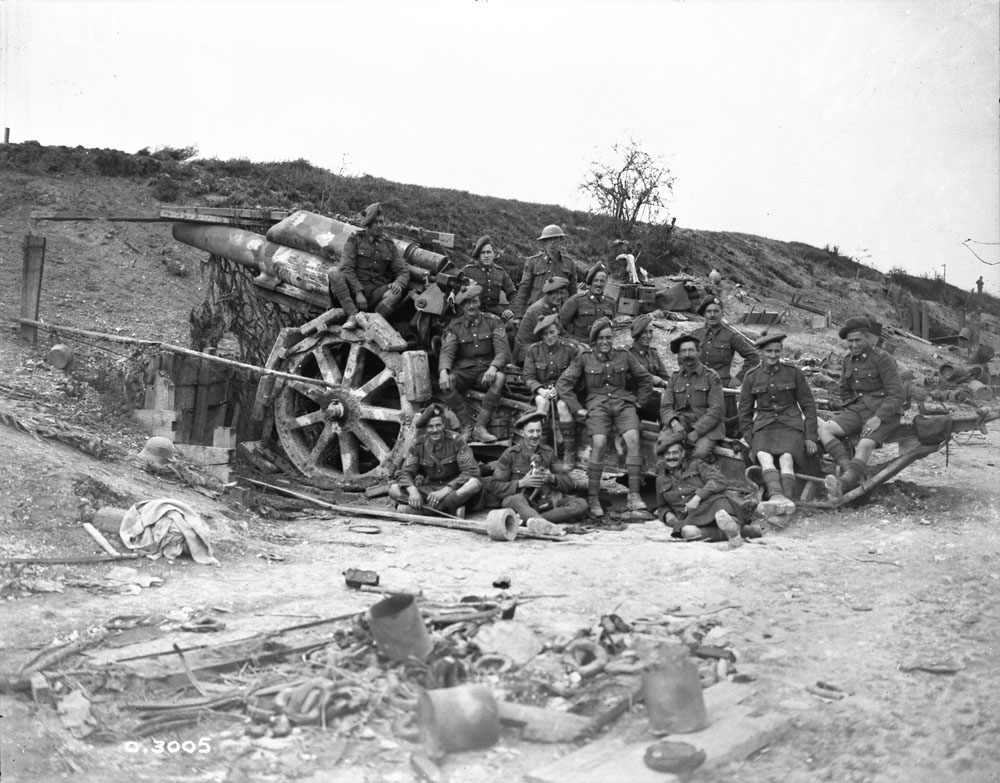
13th (Royal Highlanders of Canada) Battalion in the Great War
Fifth Royal Highlanders of Canada Black Watch Before the Great War the Fifth Royal Highlanders of Canada affiliated with the Black Watch. On the outbreak of hostilities a battalion of the Fifth mobilised at Montreal in August, 1914. By the 20th of the month 1,004 recruits accepted, and on that day the battalion entrained for…
-
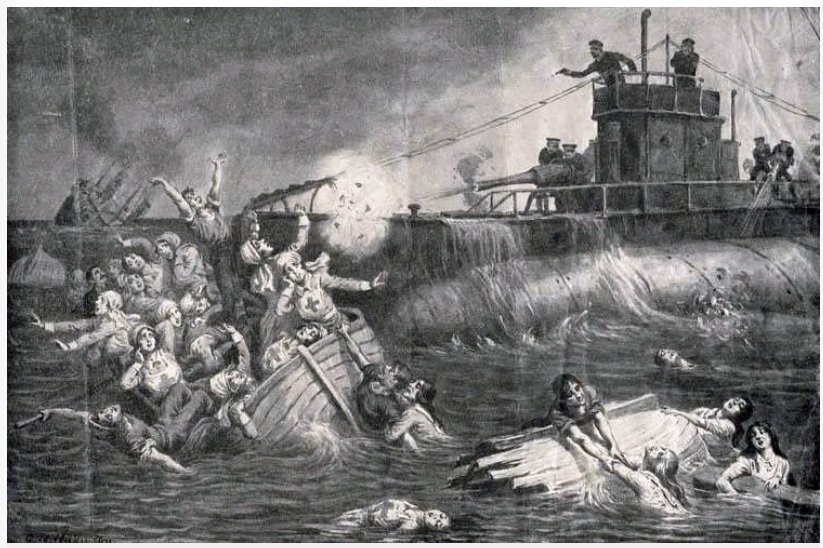
The Sinking of Llandovery Castle in the Great War
A preliminary report on the Sinking of H.M.H.S. Llandovery Castle issued by authority of Director of Public Information, Ottawa. The Honourable the Minister of Overseas Military Forces of Canada, Sir Edward Kemp, K.C.M.G., having made careful inquiries into the sinking of H.M.H.S. Llandovery Castle on 27 June 1918, has authorized publication of the following article.…
-
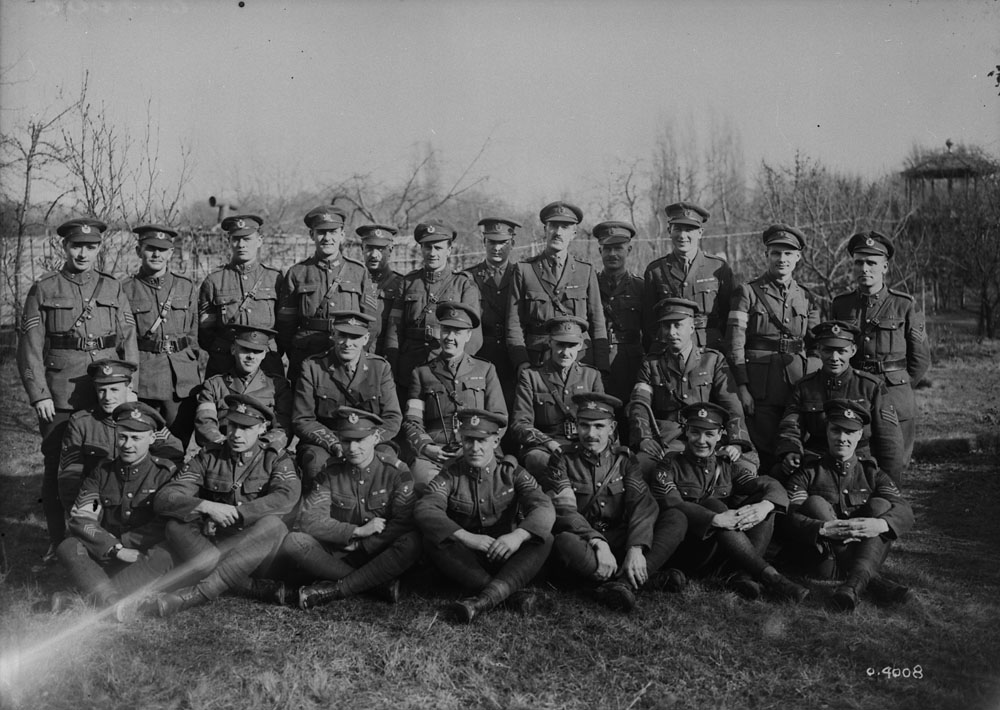
Lt Frank Melville Lott in the Great War
Lt Frank Melville Lott served with 1st Divisional Signal Company in the Great War. In 1917, he invented a device for twisting telephone cable. Following the war, he became a dentist and appointed Director of Dental Services overseeing the Canadian Dental Corps in the Second World War. Born 9 November 1896 in Uxbridge, Ontario. A junior…
-
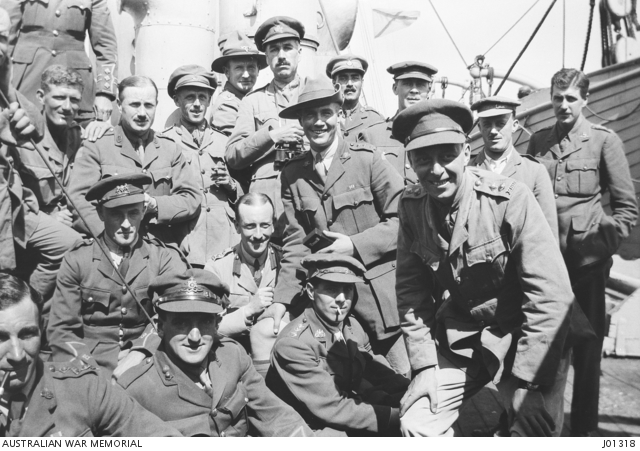
The Dunsterforce the Dunsterfarce in the Great War
The Dunsterfarce Dunsterforce, officially the British Military Mission to the Caucasus, a secret force of 450 imperial soldiers commanded by Major-General Lionel C. Dunsterville. Its mission to safeguard the immense oil installations at Baku from the Ottomans and the Germans, while organizing local groups of Armenians, Georgians, and anti-Bolsheviks to safeguard the railways and approaches…
-
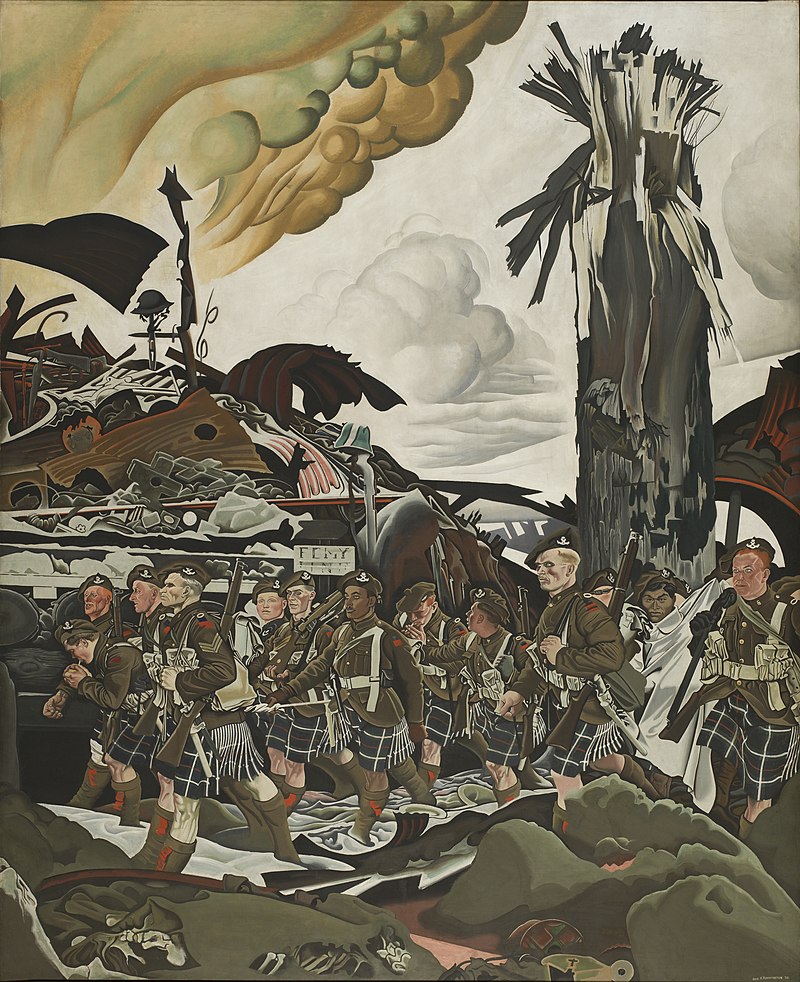
Lt Eric Henri Kennington in the Great War
Lt Eric Henri Kennington produced 170 charcoal, pastel and watercolours before returning to London in March 1918. Kennington served in the British army from 1914 to 1915 when invalided out. He went back to France in 1917 as an Official War Artist and concentrated on depicting the common soldier – true to his belief in…
-
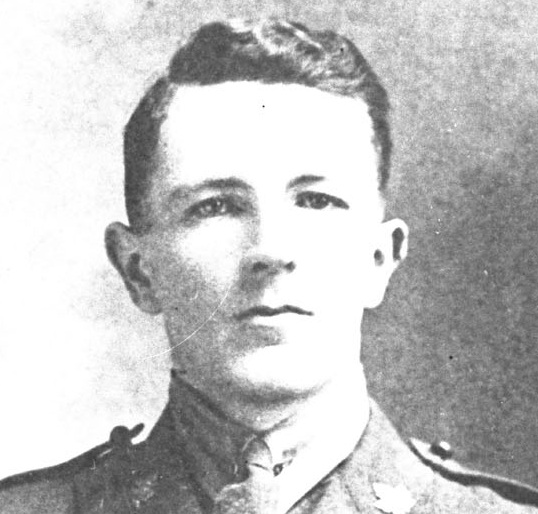
Lt James Edward Tait VC MC in the Great War
The 78th Battalion (Winnipeg Grenadiers) led by Lieutenant-Colonel James Kirkcaldy. Two Victoria Crosses (Lt Samuel Lewis Honey and Lt James Edward Tait), the only surviving quadruple-amputee (Curley Christian) and the HALLU EIGHT, only a few of their incredible stories. Where is Lt James Edward Tait buried at Fouquescourt British Cemetery? Is he buried at Fouquescourt?…
-
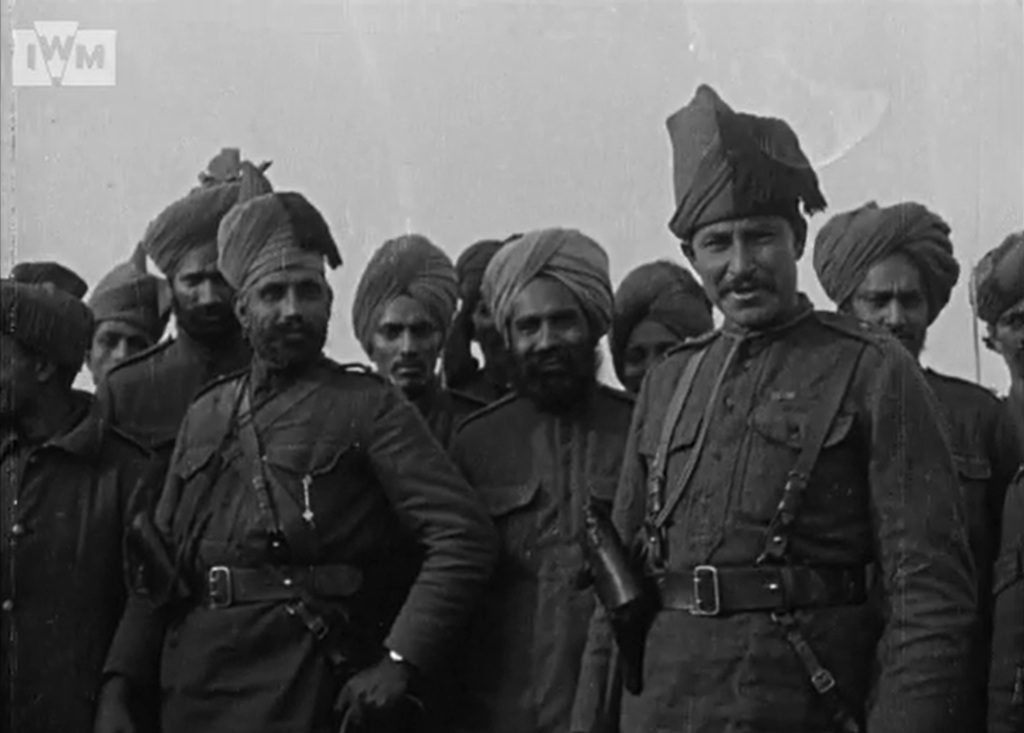
Private Laal M Singh in the Great War
Sikh Soldier Served as Lashman Singh Private Laal M Singh one of only two Canadian Sikh soldiers buried on the Western Front in the Great War. Singh’s CWGC headstone, erected only in 1929, bears the wrong name, the wrong inscription, a regimental badge, and a Christian cross! “I’m a Canadian soldier. I’m also Sikh. I…
-
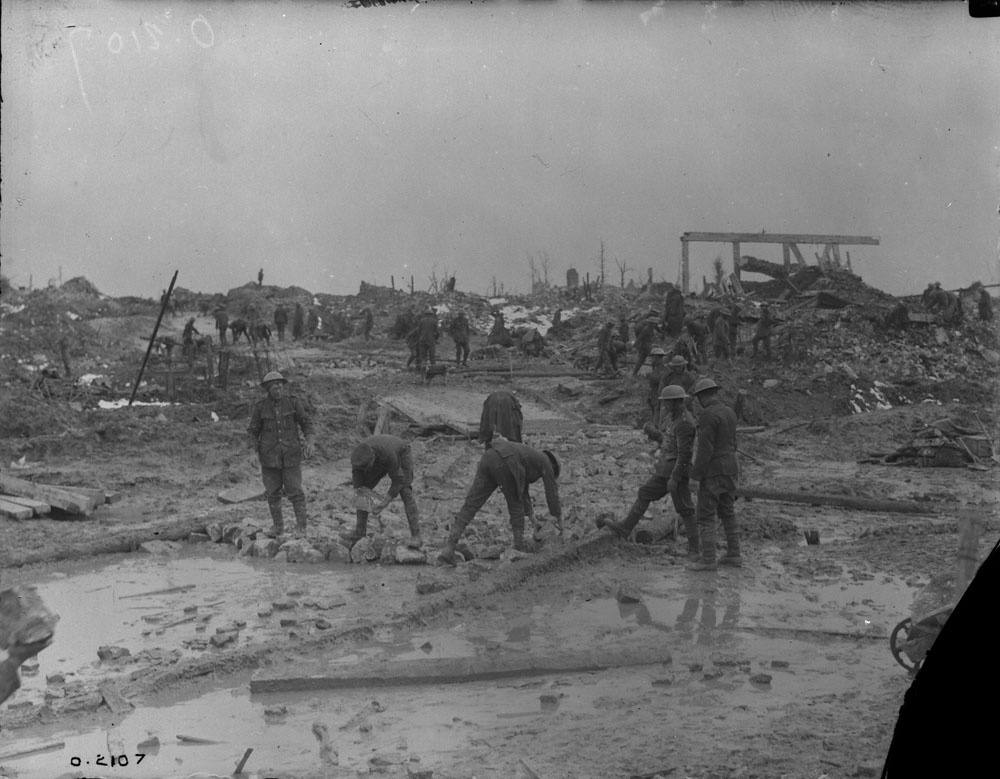
123rd Battalion (Royal Grenadiers) in the Great War
One-Two-Three A cemetery companion to “One-Two-Three – The Story of the 123rd Overseas Battalion, CEF” by Dan Mowat (ISBN: 192782205X). 123rd Battalion (Royal Grenadiers) although formed as an infantry battalion made its mark as a Pioneer Battalion. The officers and men of the 123rd became unsung heroes to the 3rd Canadian Division. Pioneer Battalions worked…
-

Alfred Théodore Joseph Bastien in the Great War
Hon Lt Lt Alfred Théodore Joseph Bastien born 1873 in Ixelles, Brussels, Belgium. While serving in the CEF with Canadian War Memorials Fund, employed as a war artist (at his own expense), and at one time attached to the 22nd Battalion (Royal 22e Régiment), painting several snipers of the “Van Doos” on the battlefield. Alfred Théodore…
-
No. 5 Canadian Field Ambulance in the Great War
Stretcher Bearers at the Double Napoleon said he couldn’t get along without his grognards. Like our grumblers, they groused – but carried on. A No. 5 Canadian Field Ambulance history which ignored our grousing would be incomplete. B. S., B. S., It sounds just like B. S. to me, to me;B. S., B. S., It…
